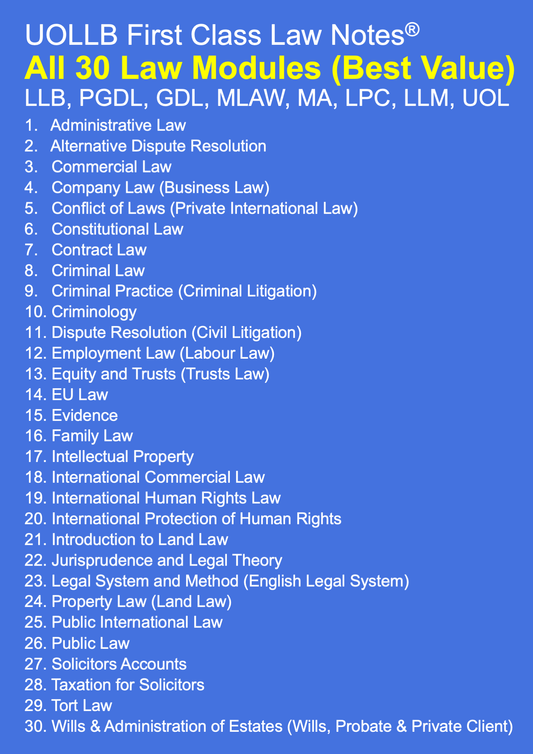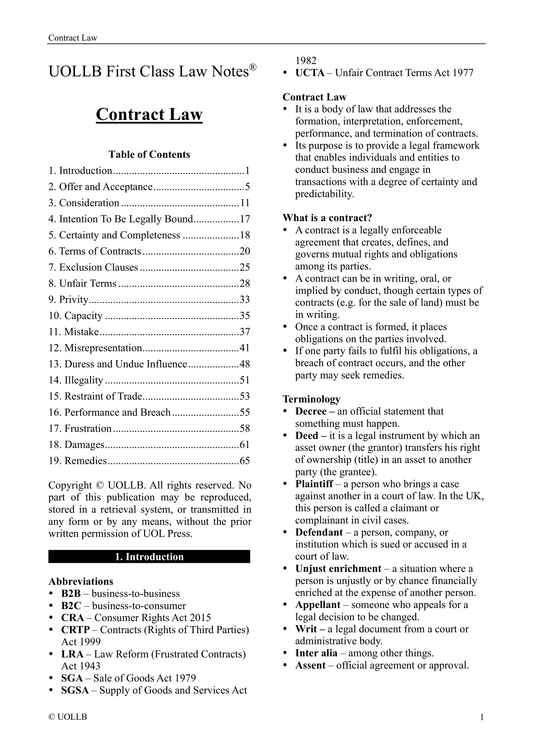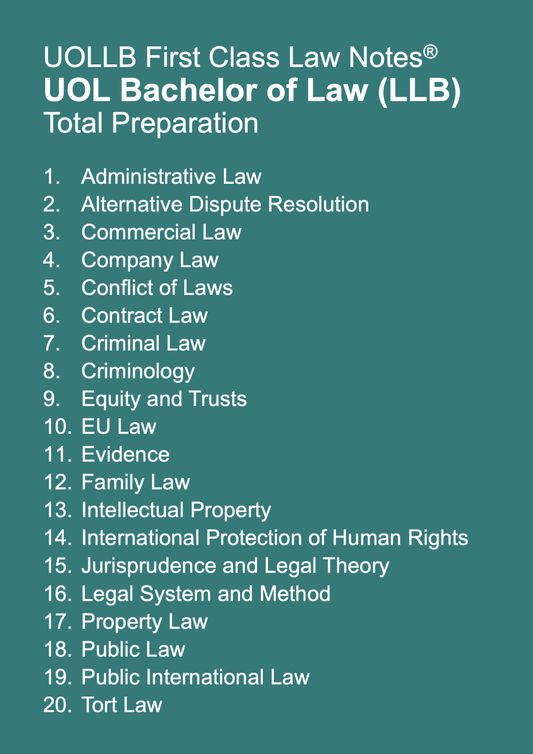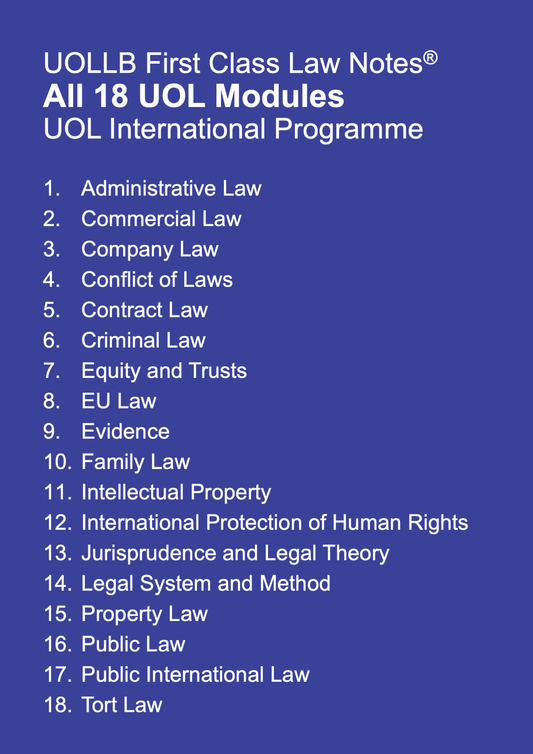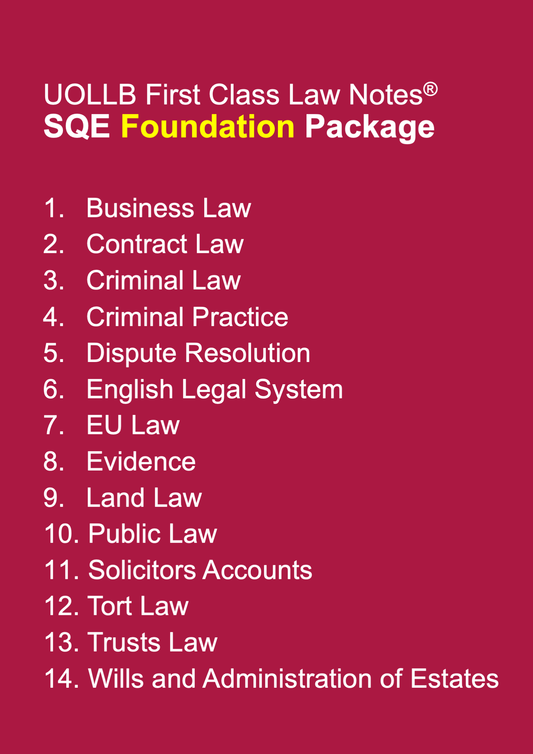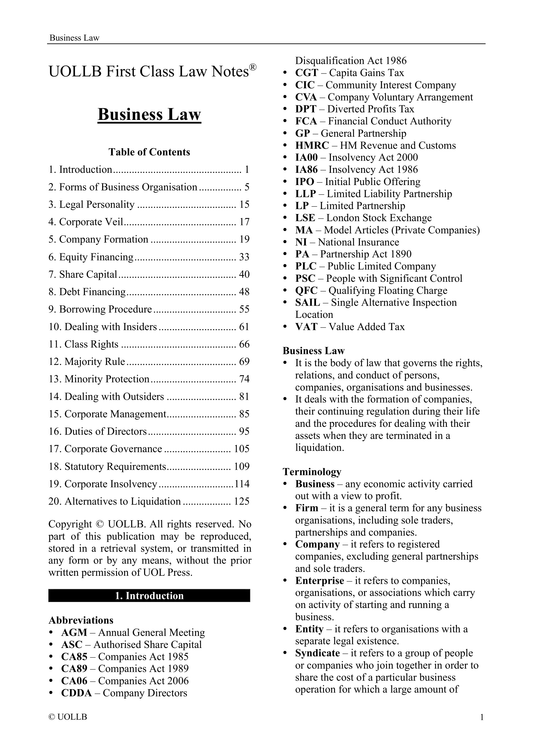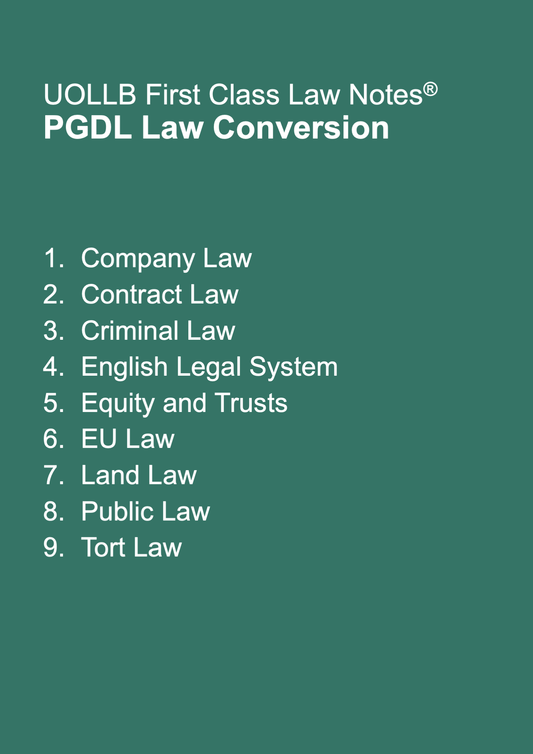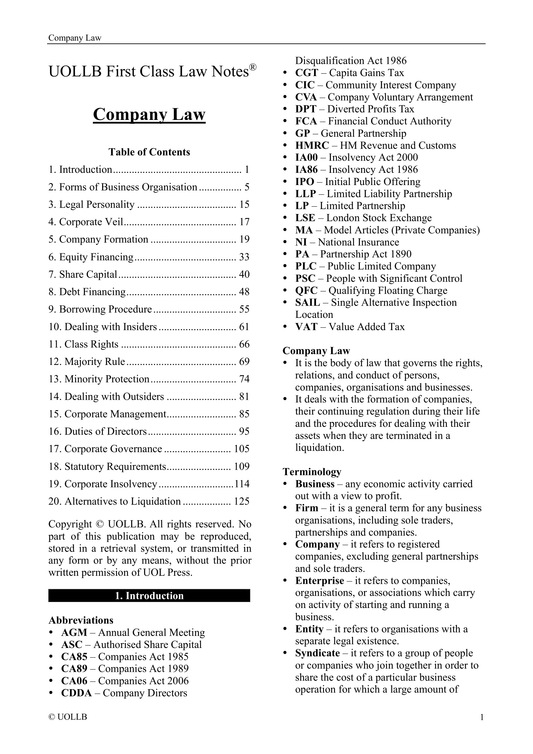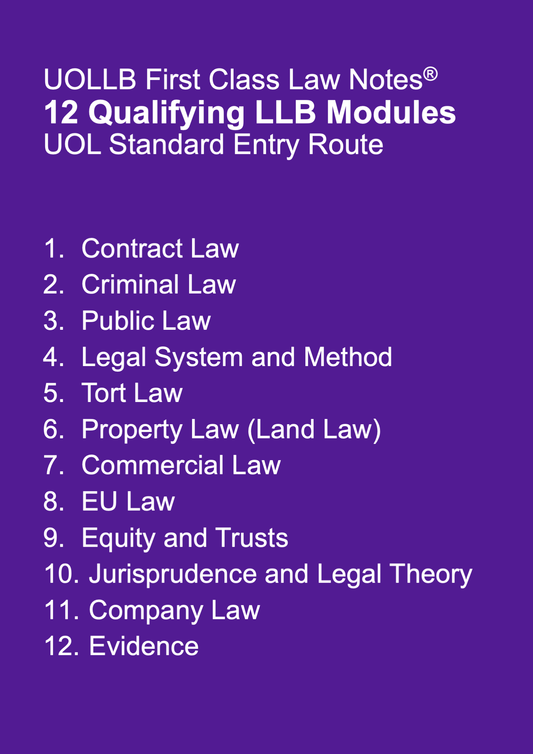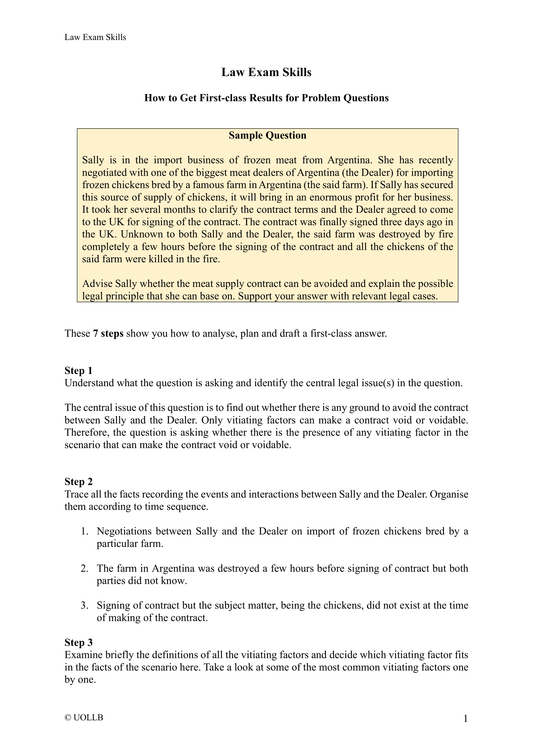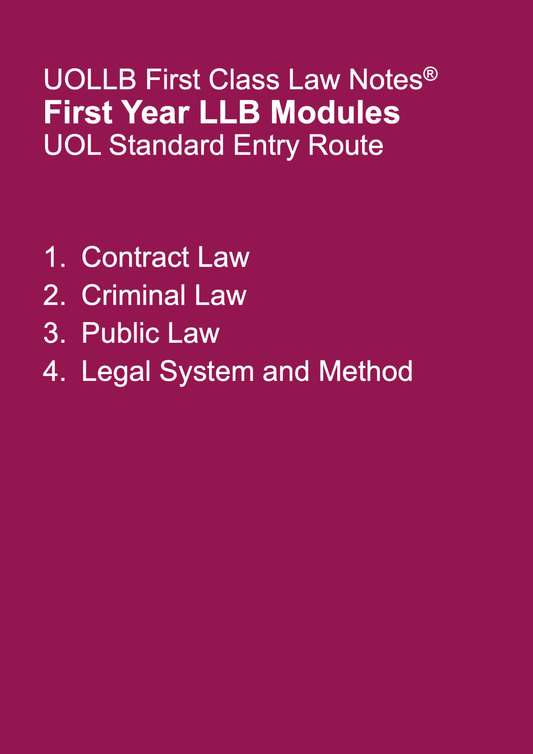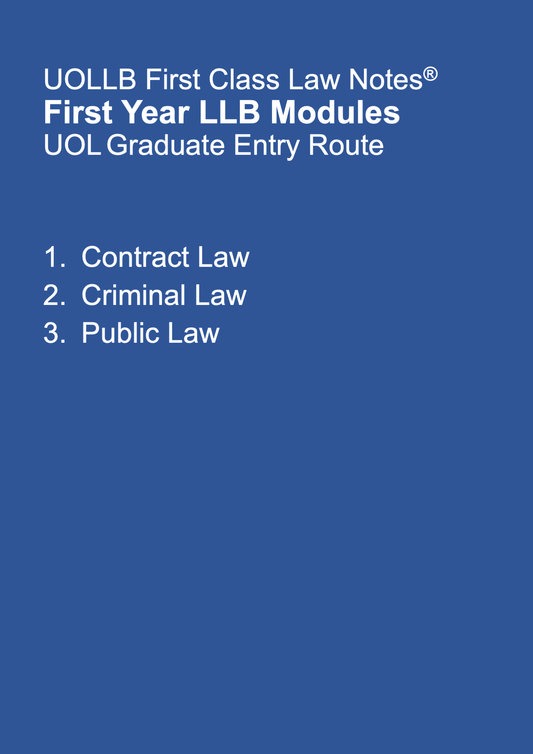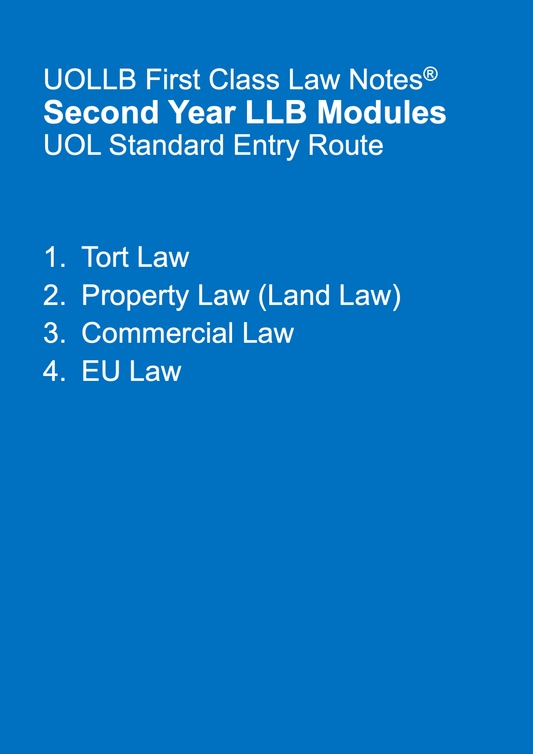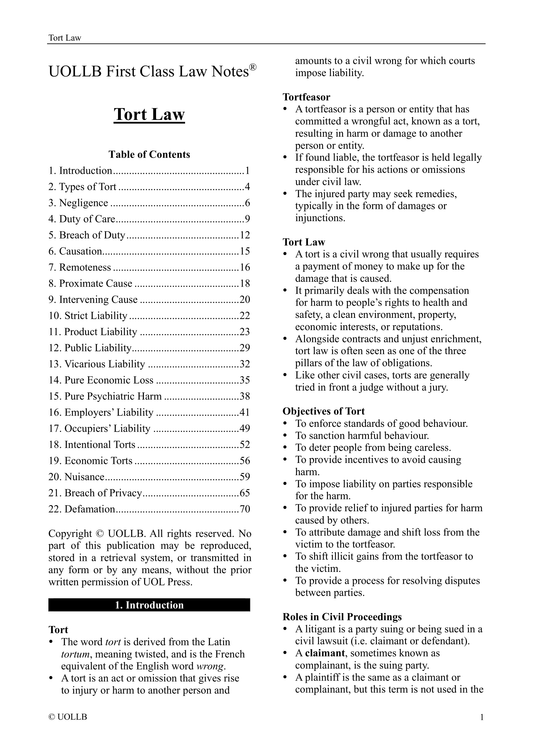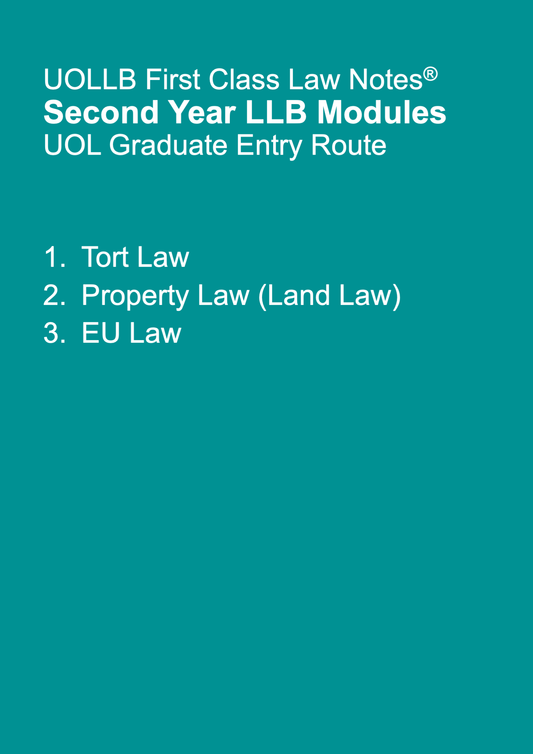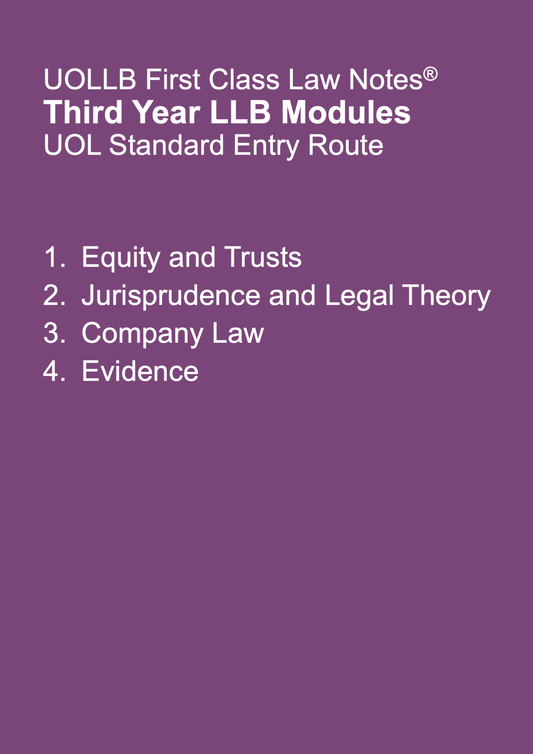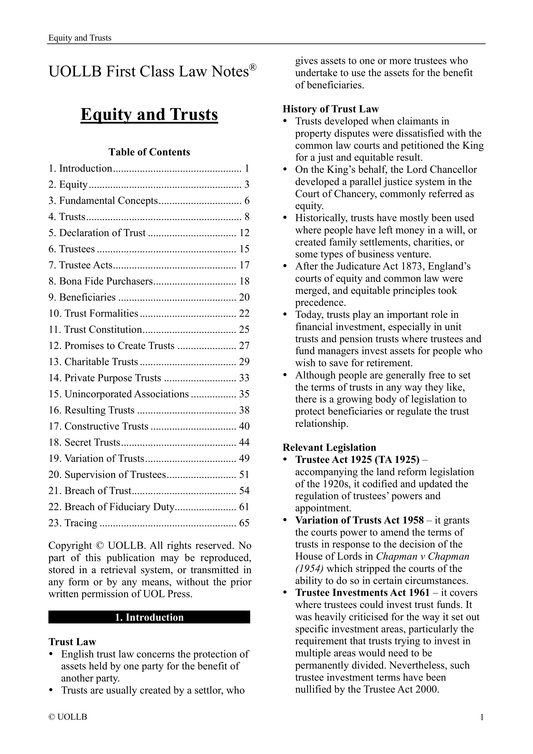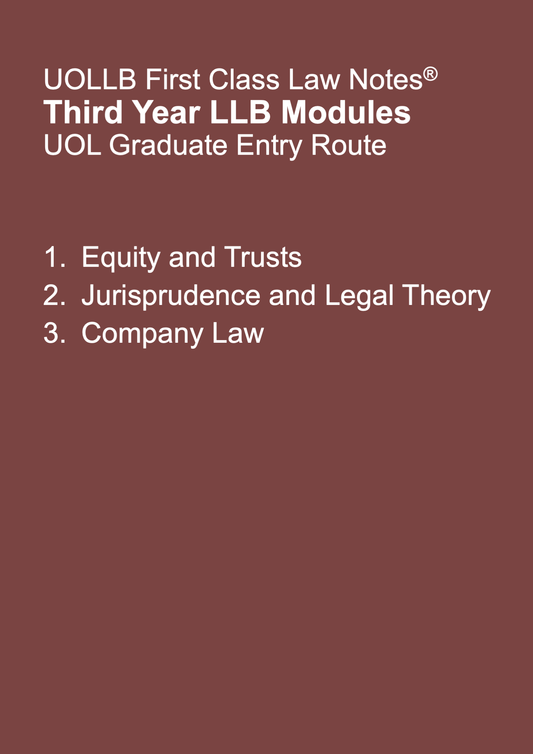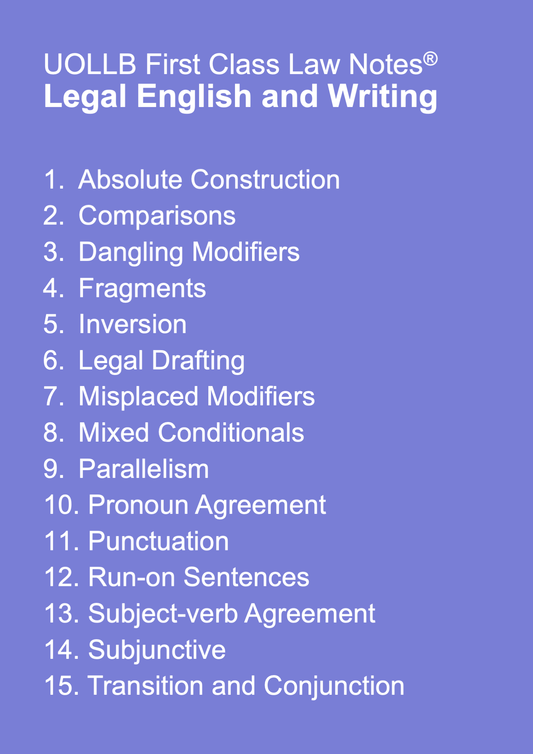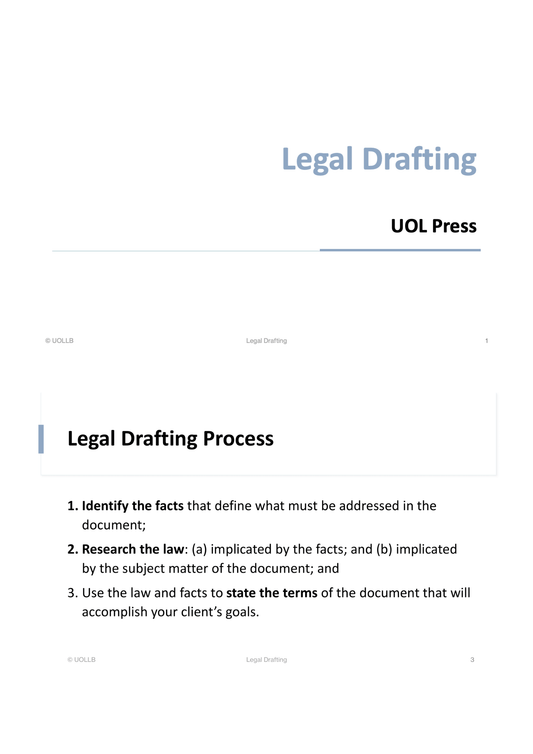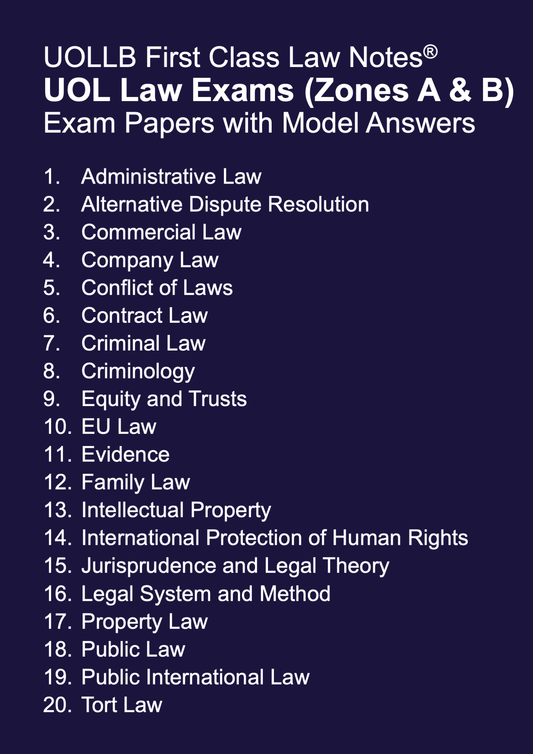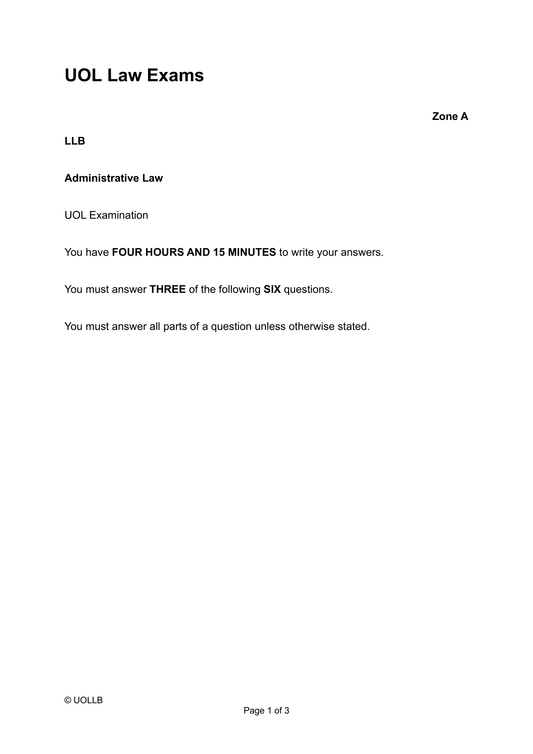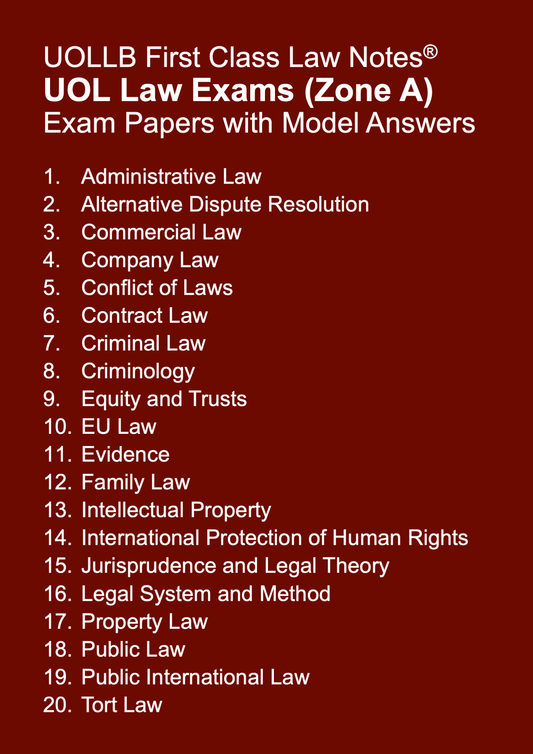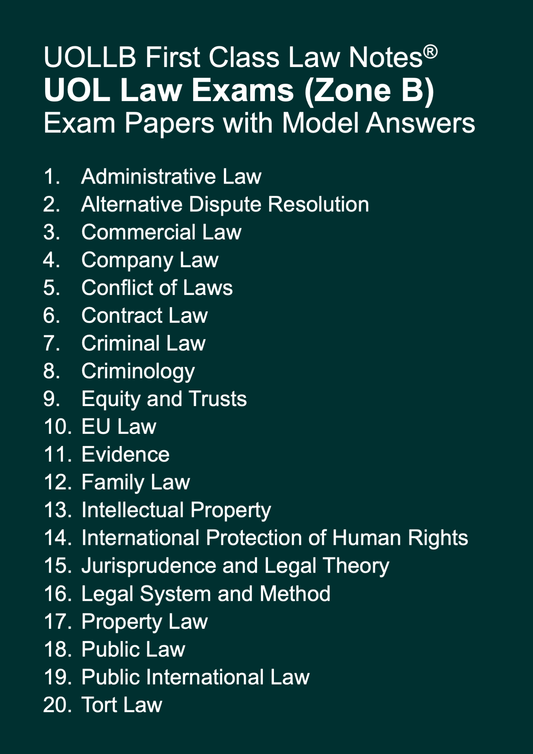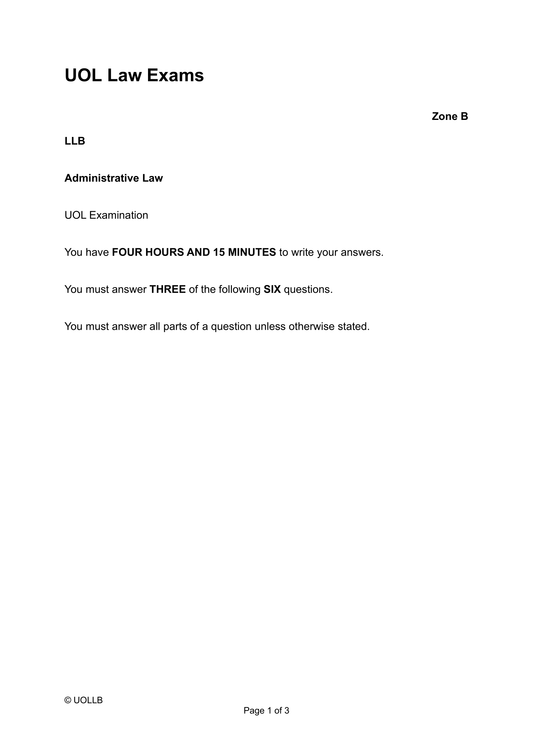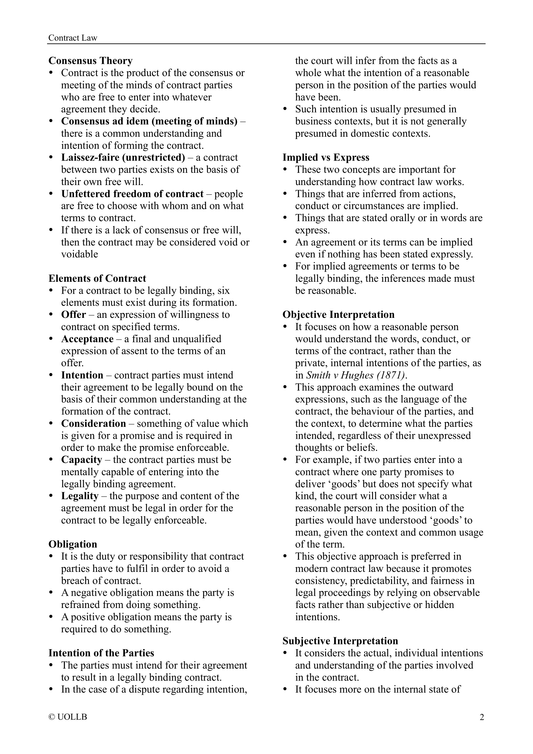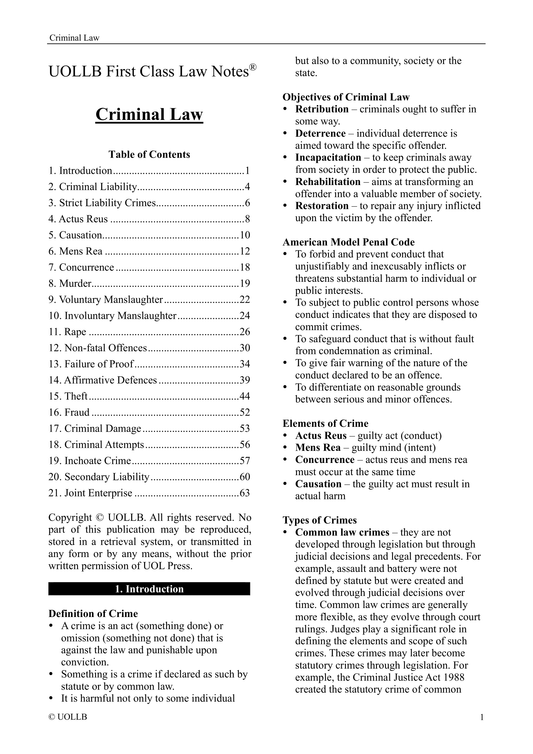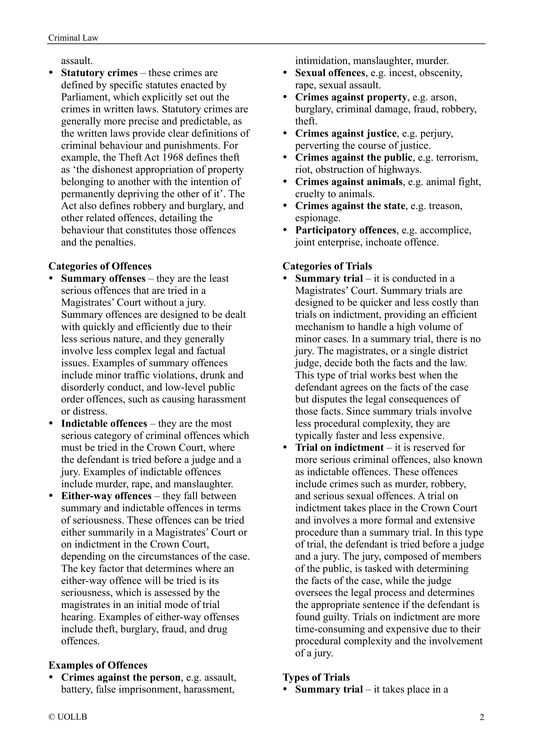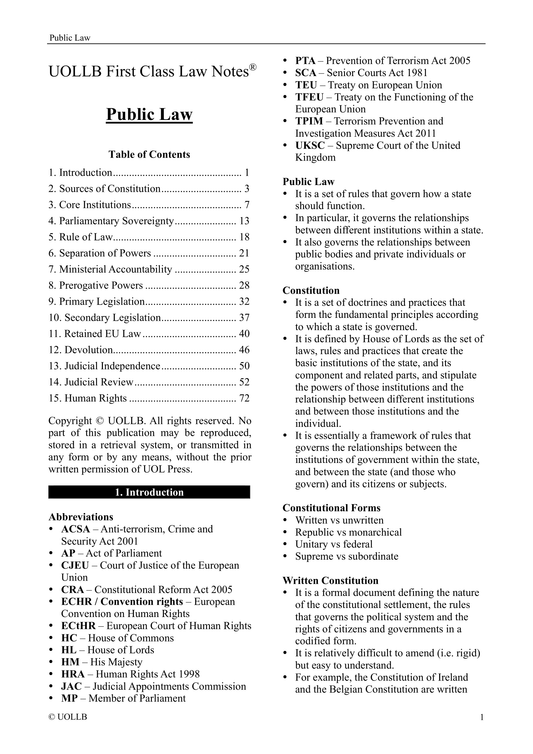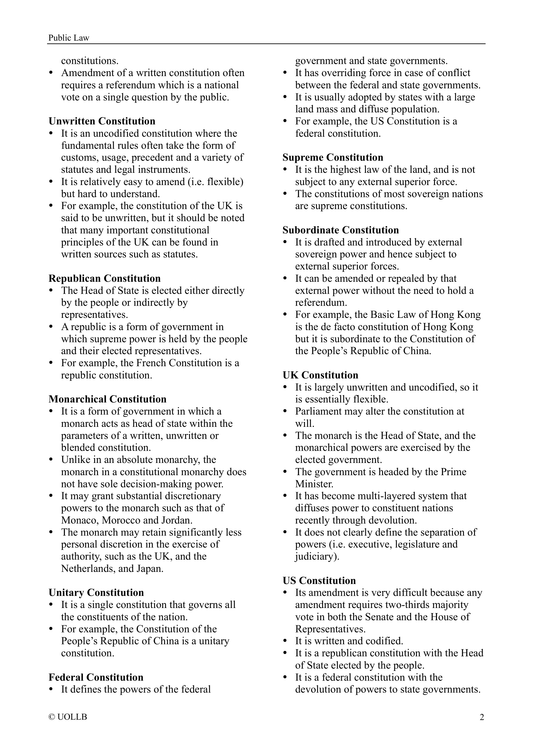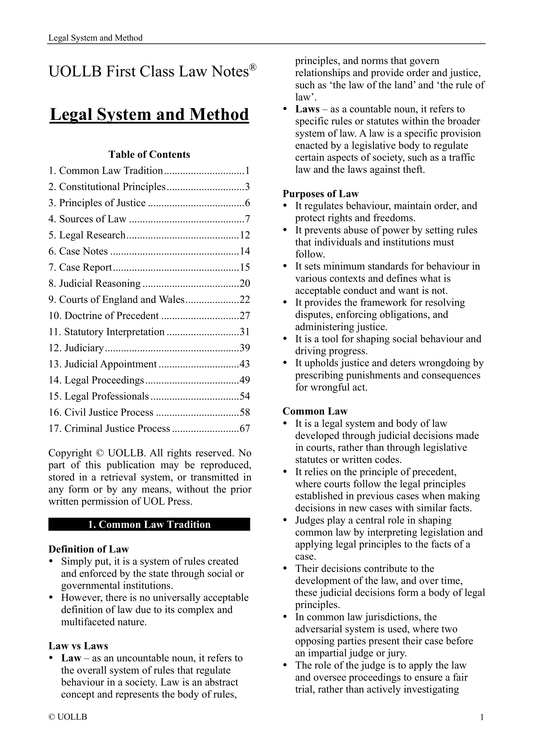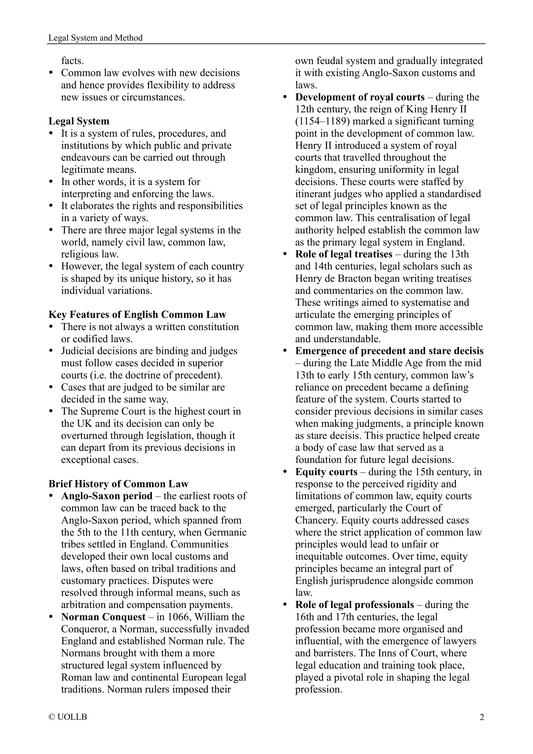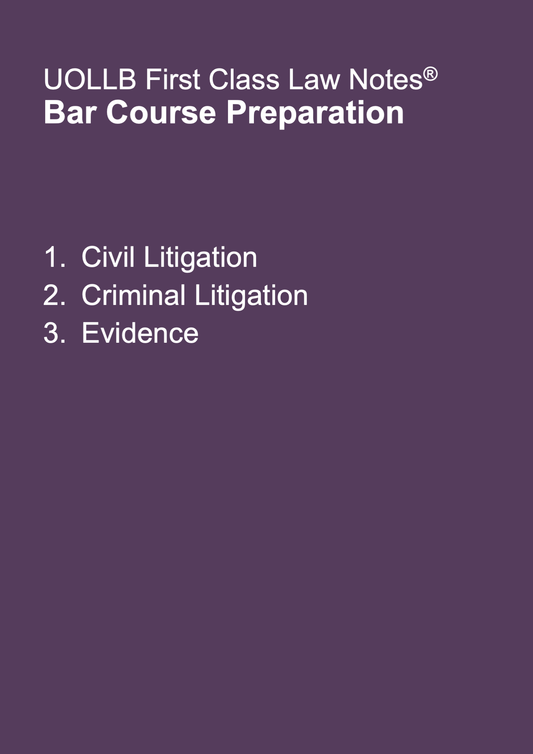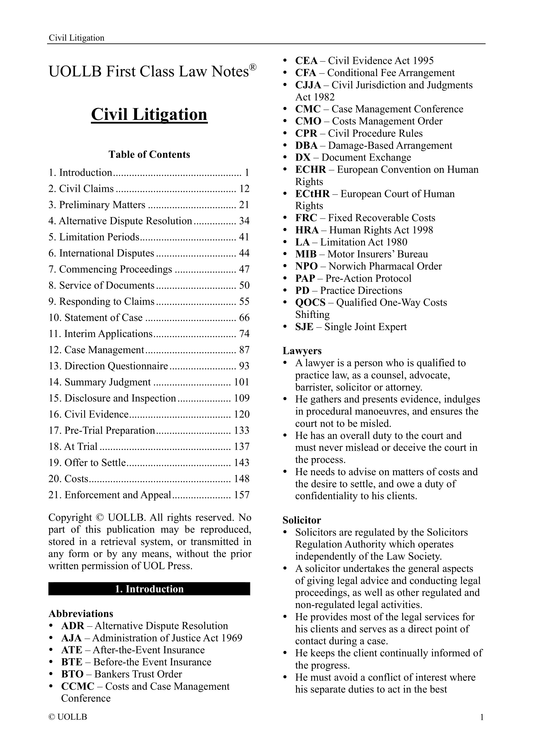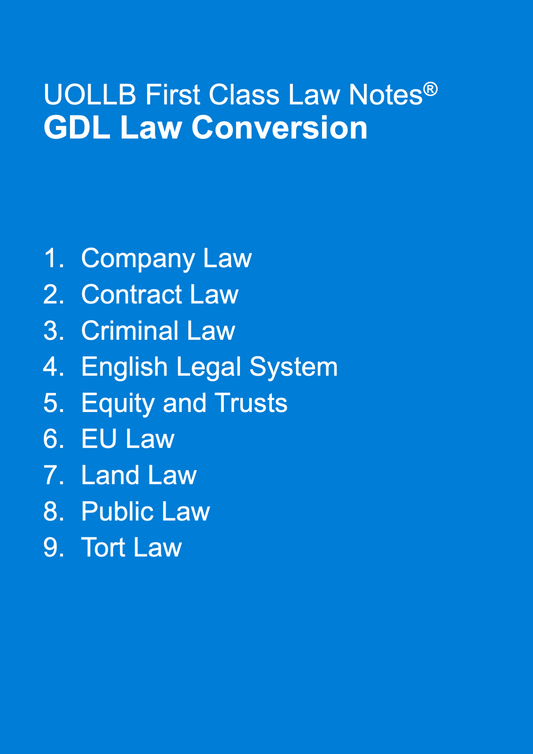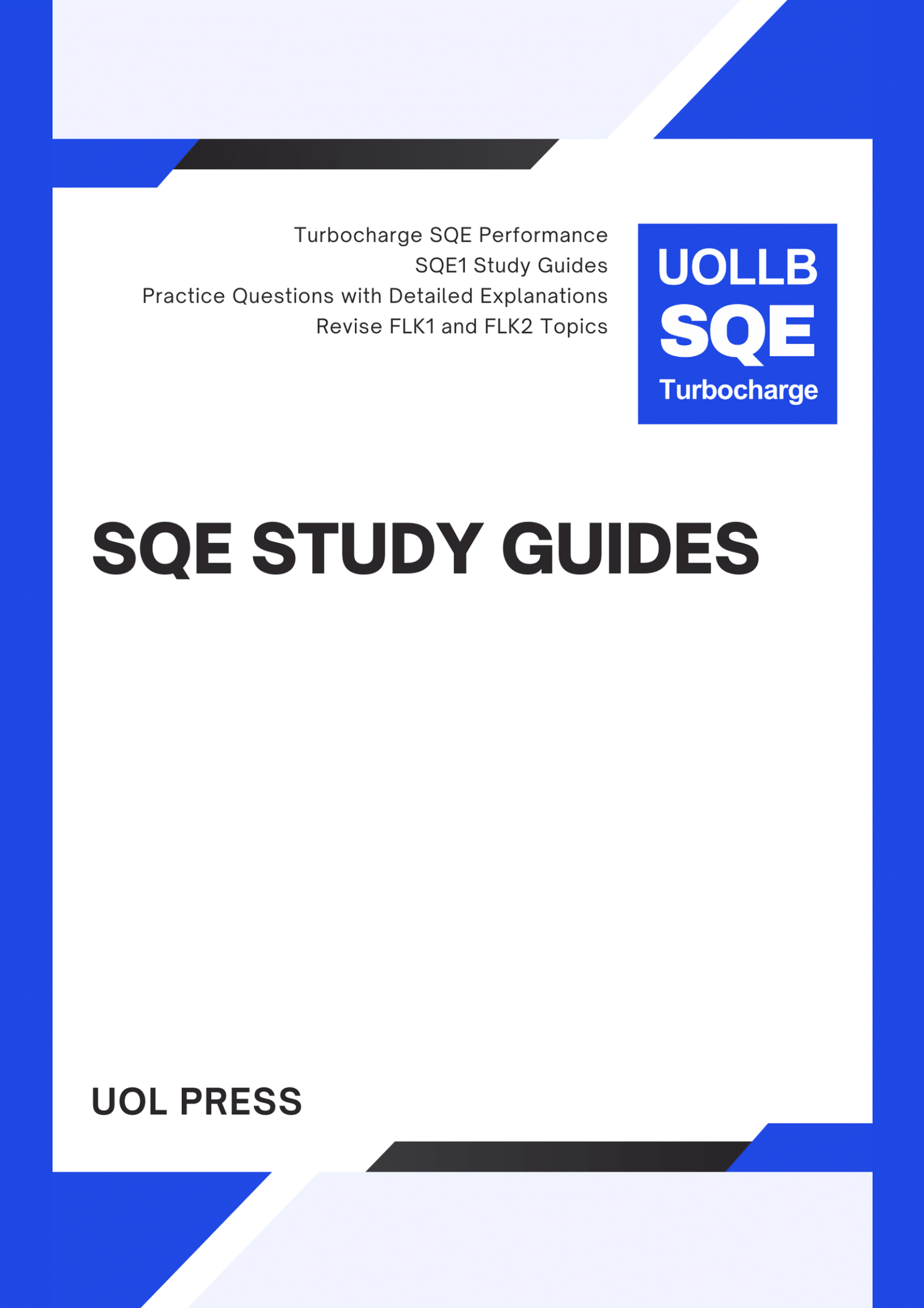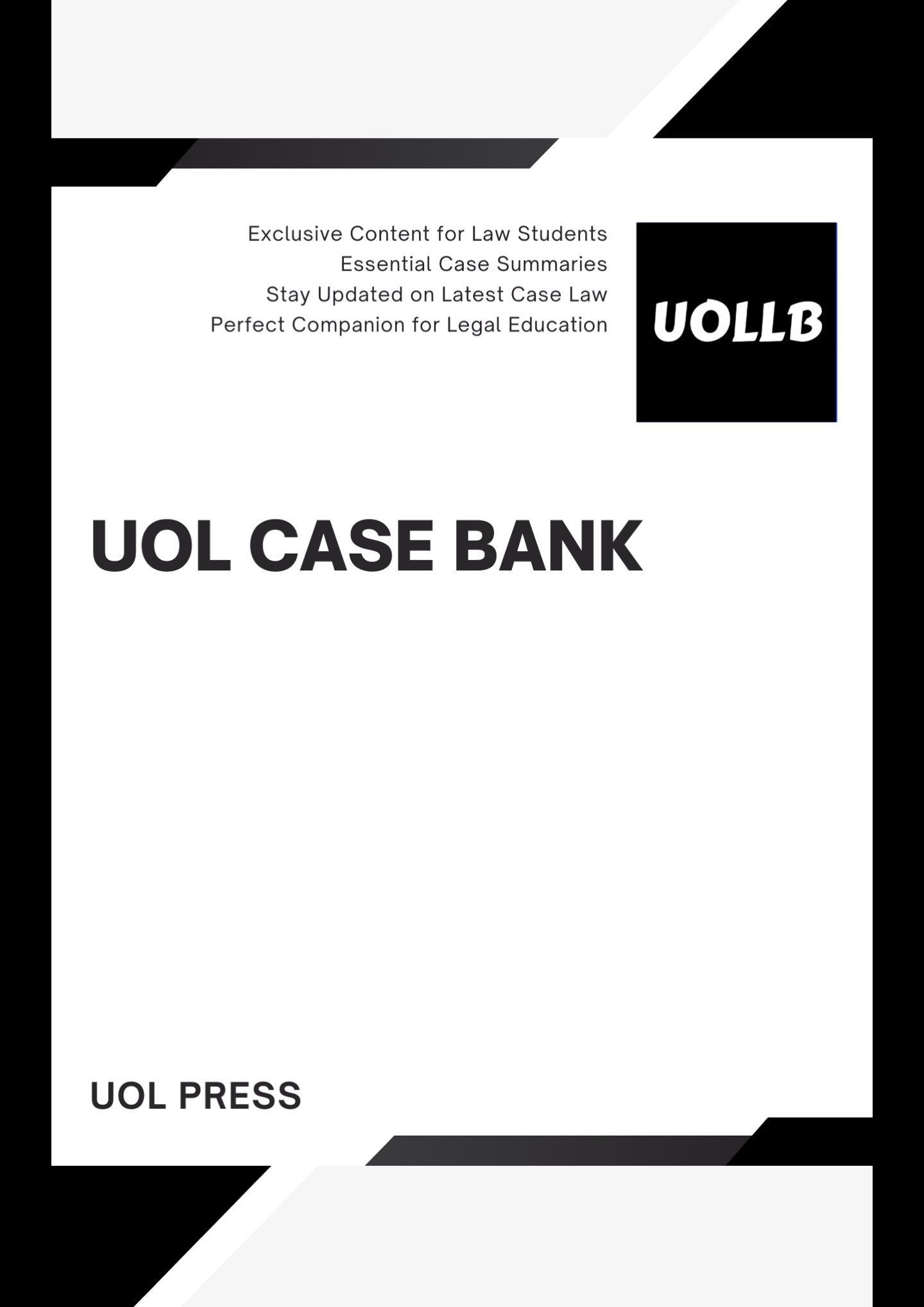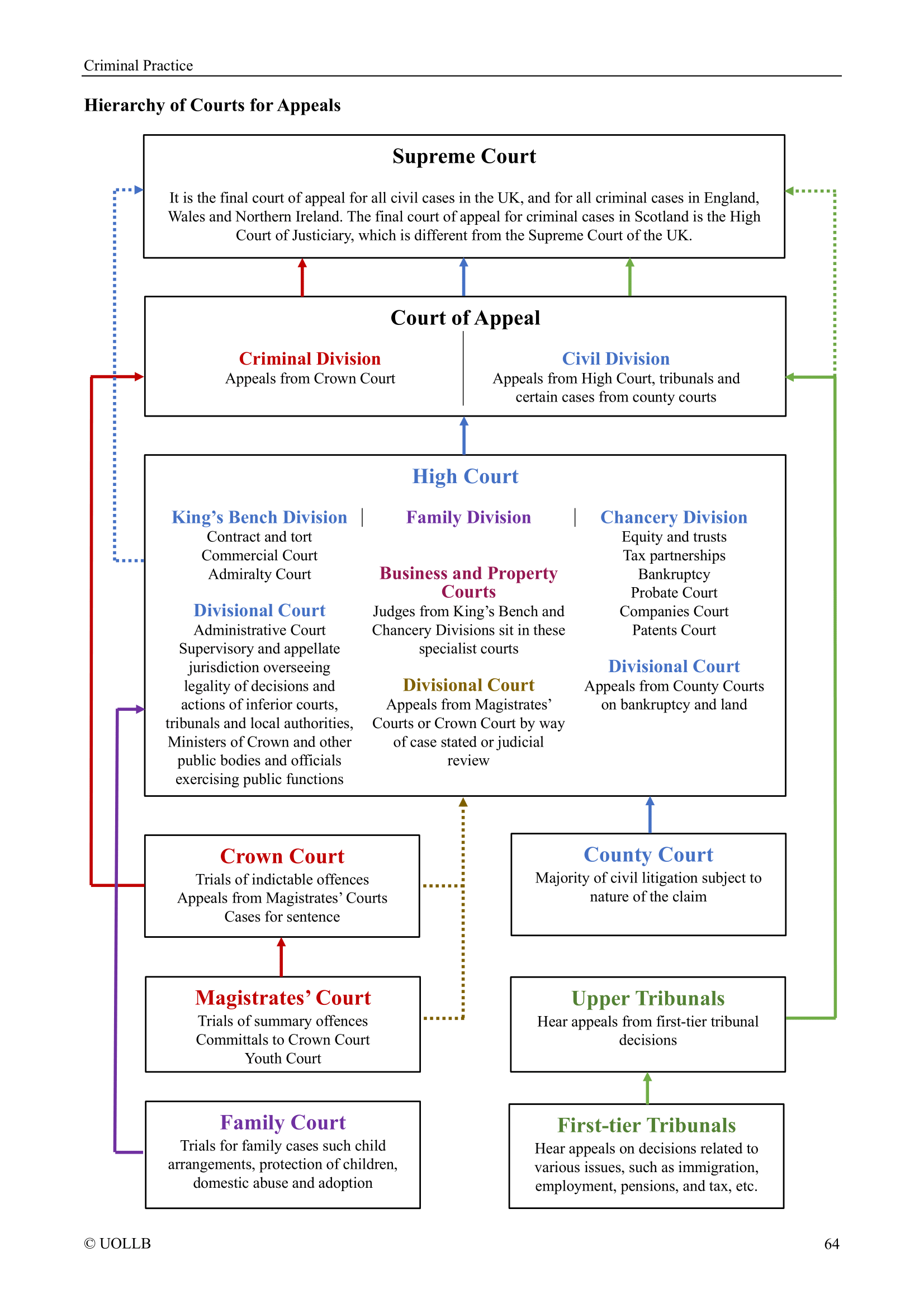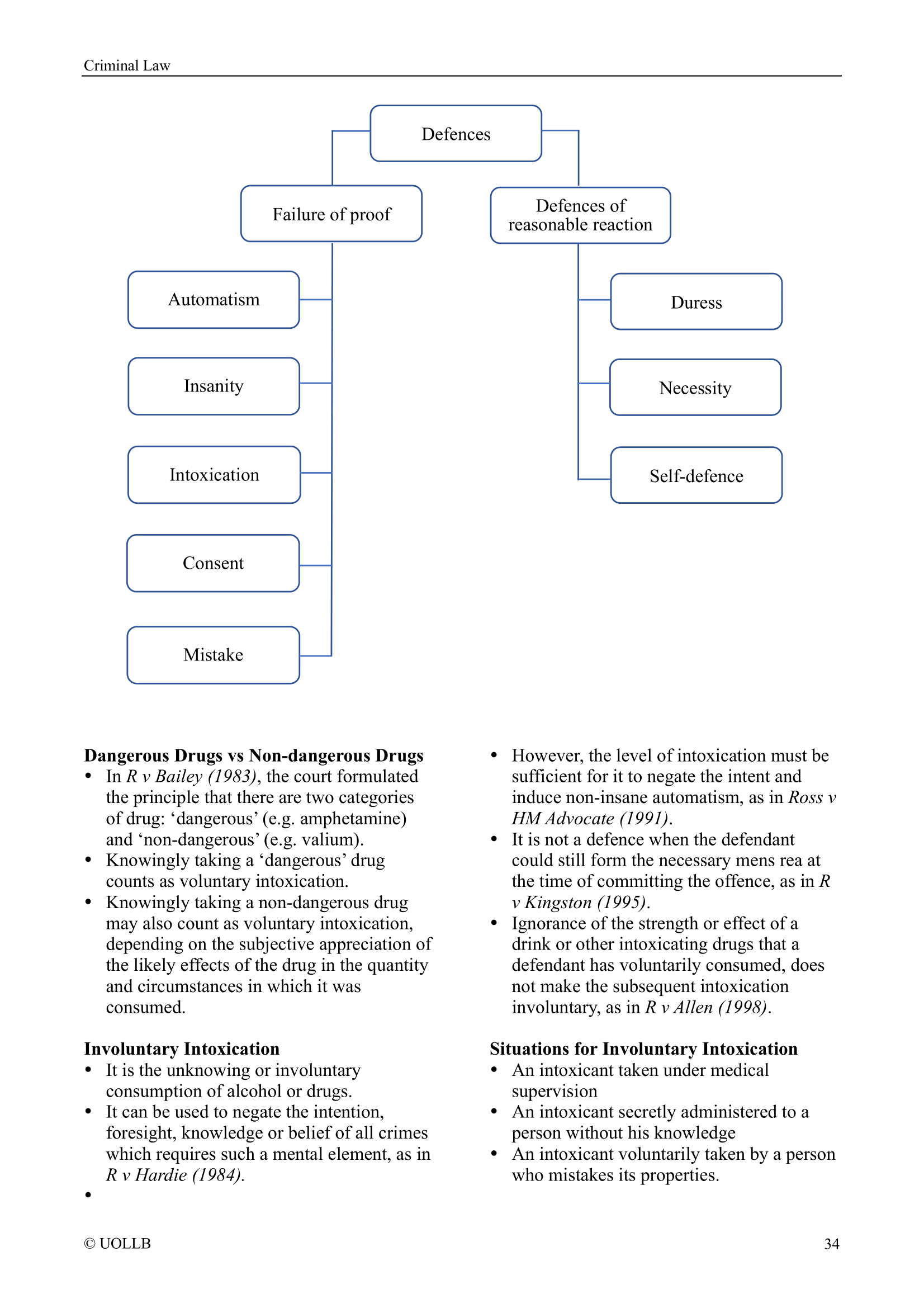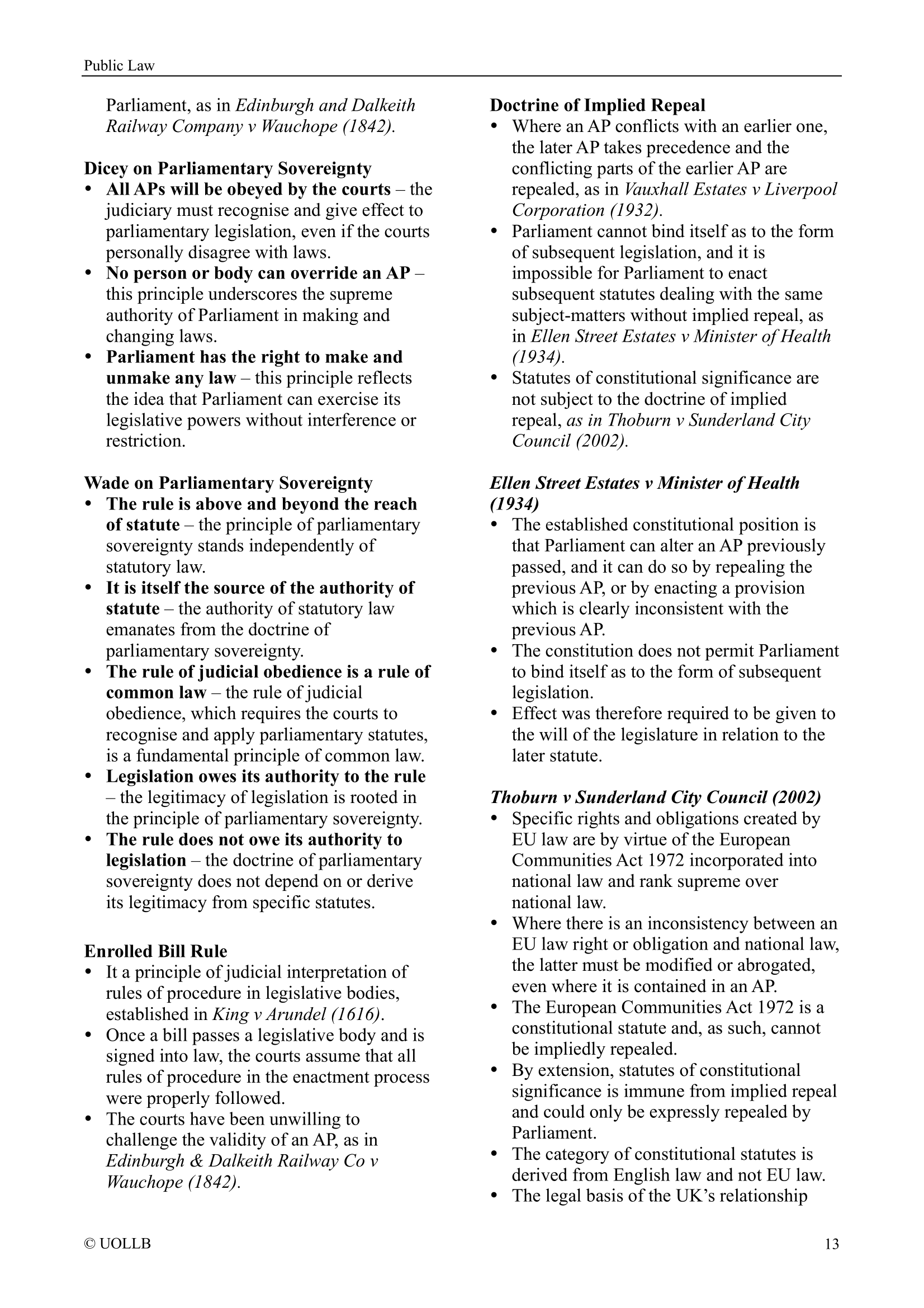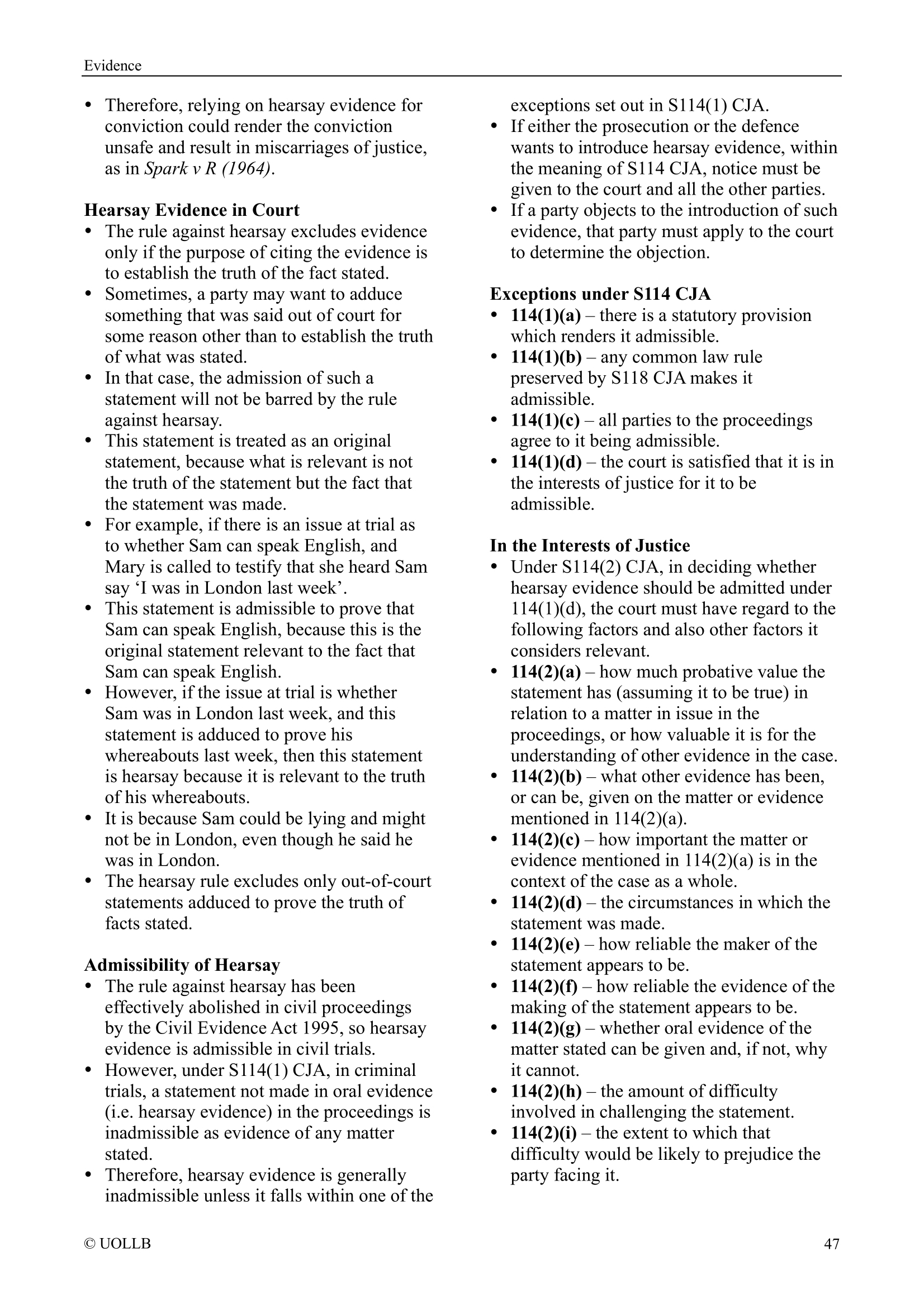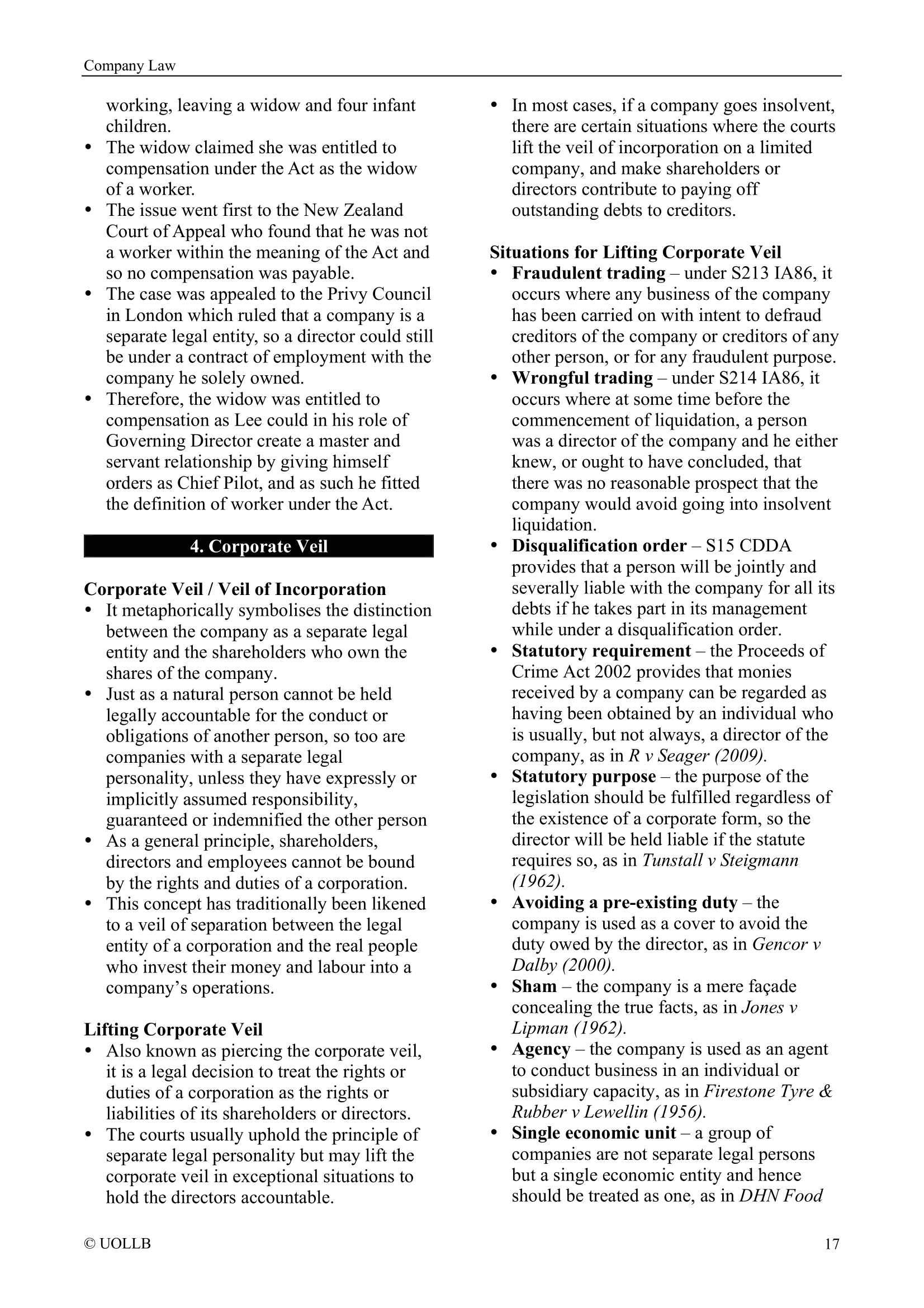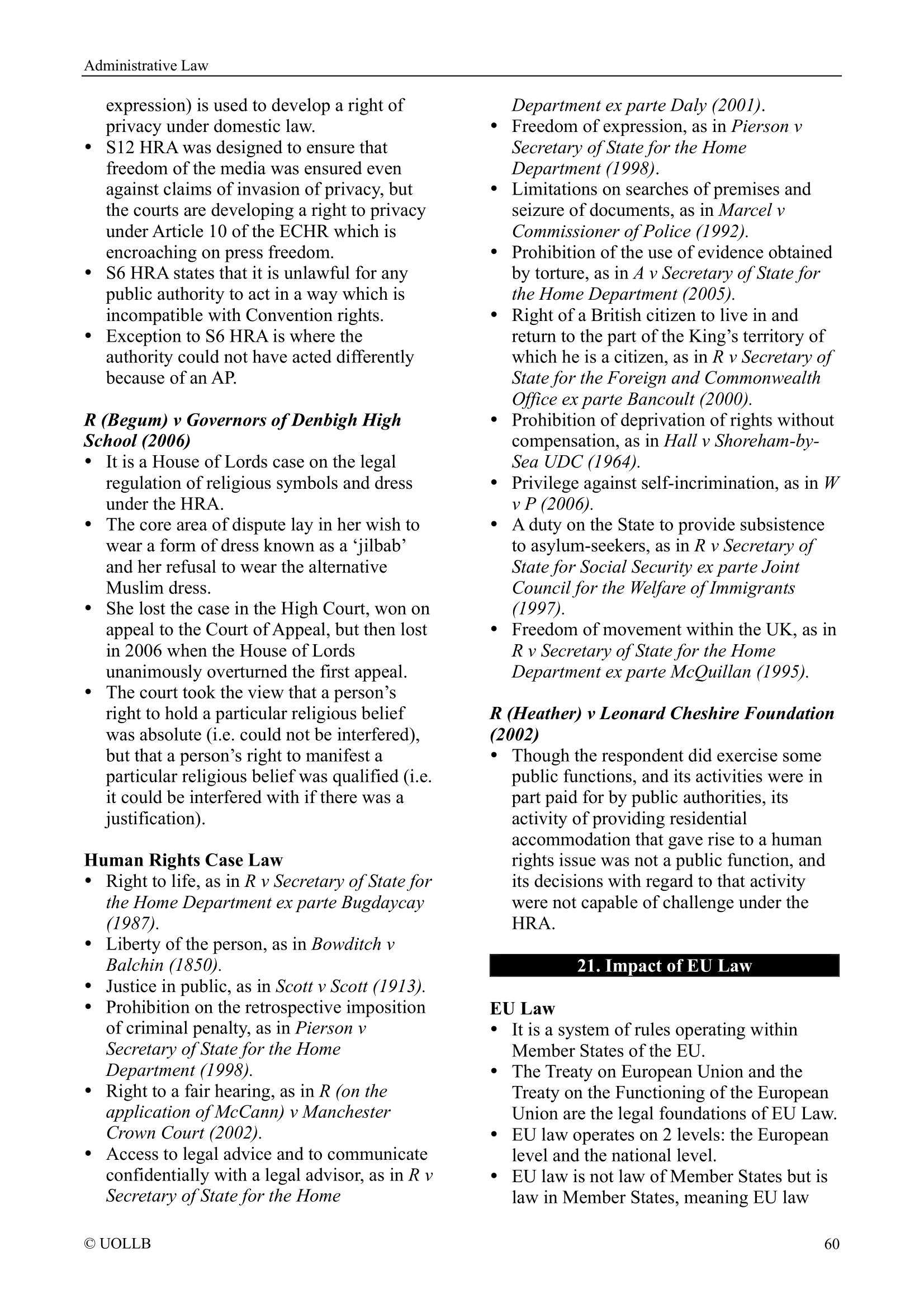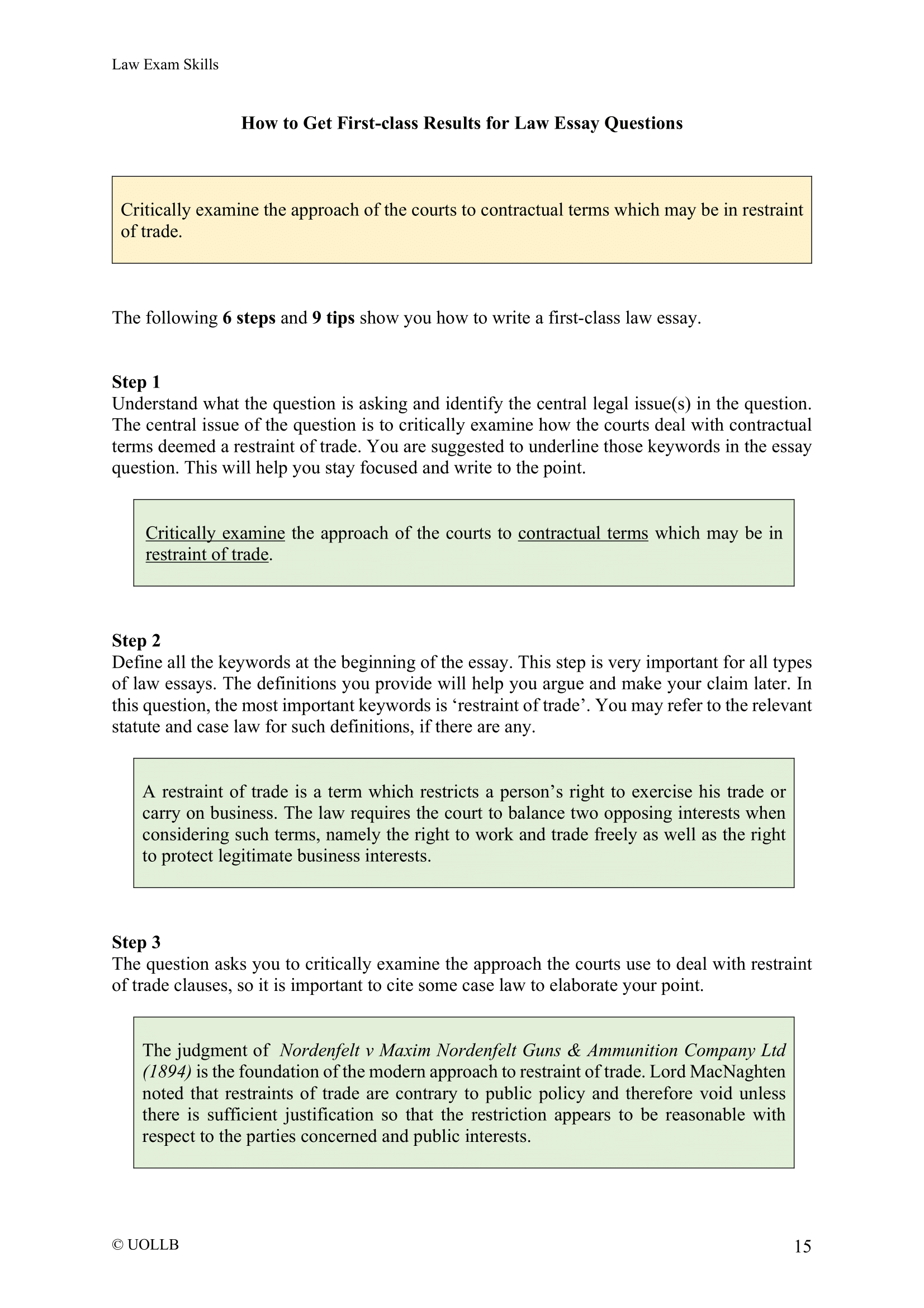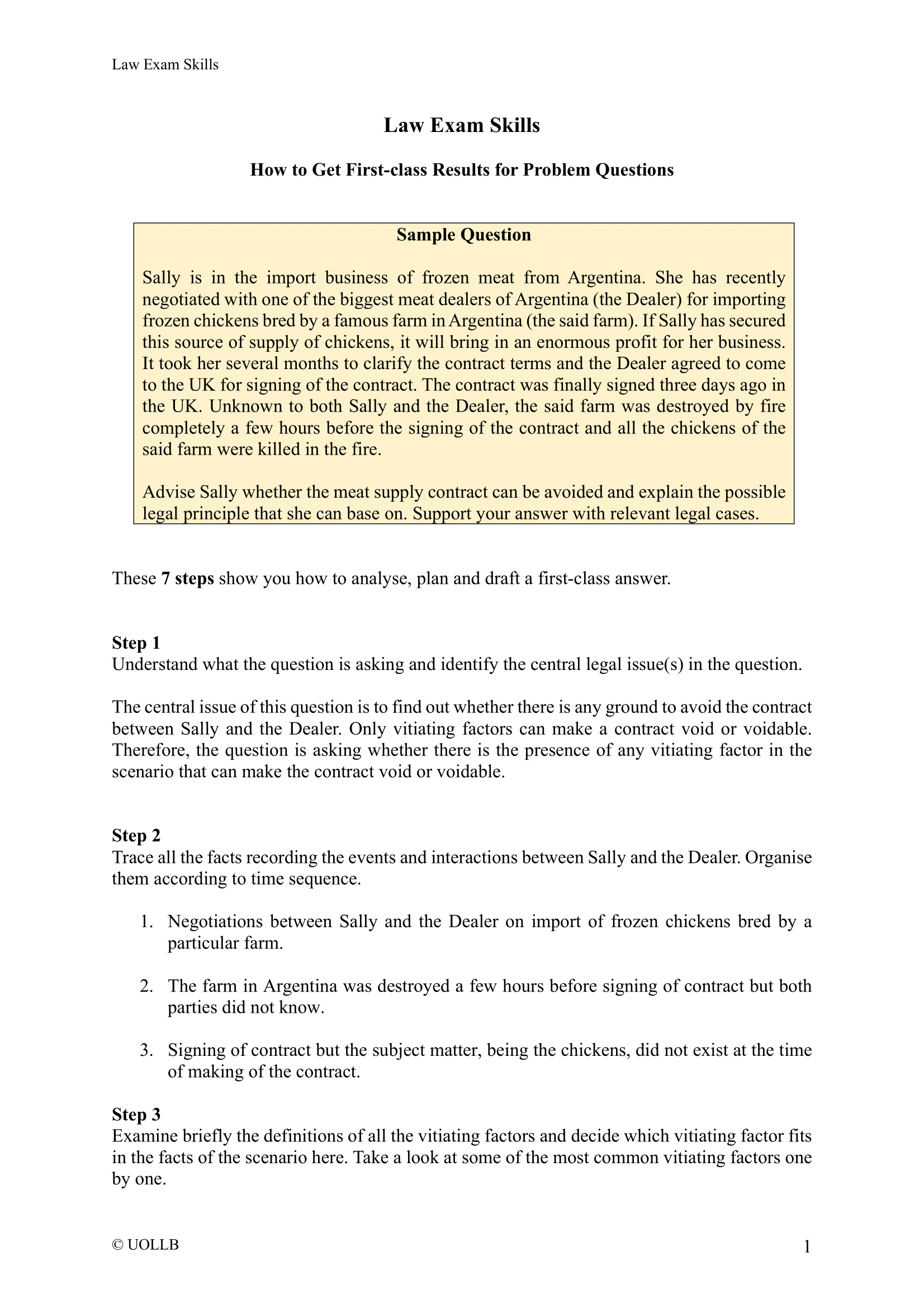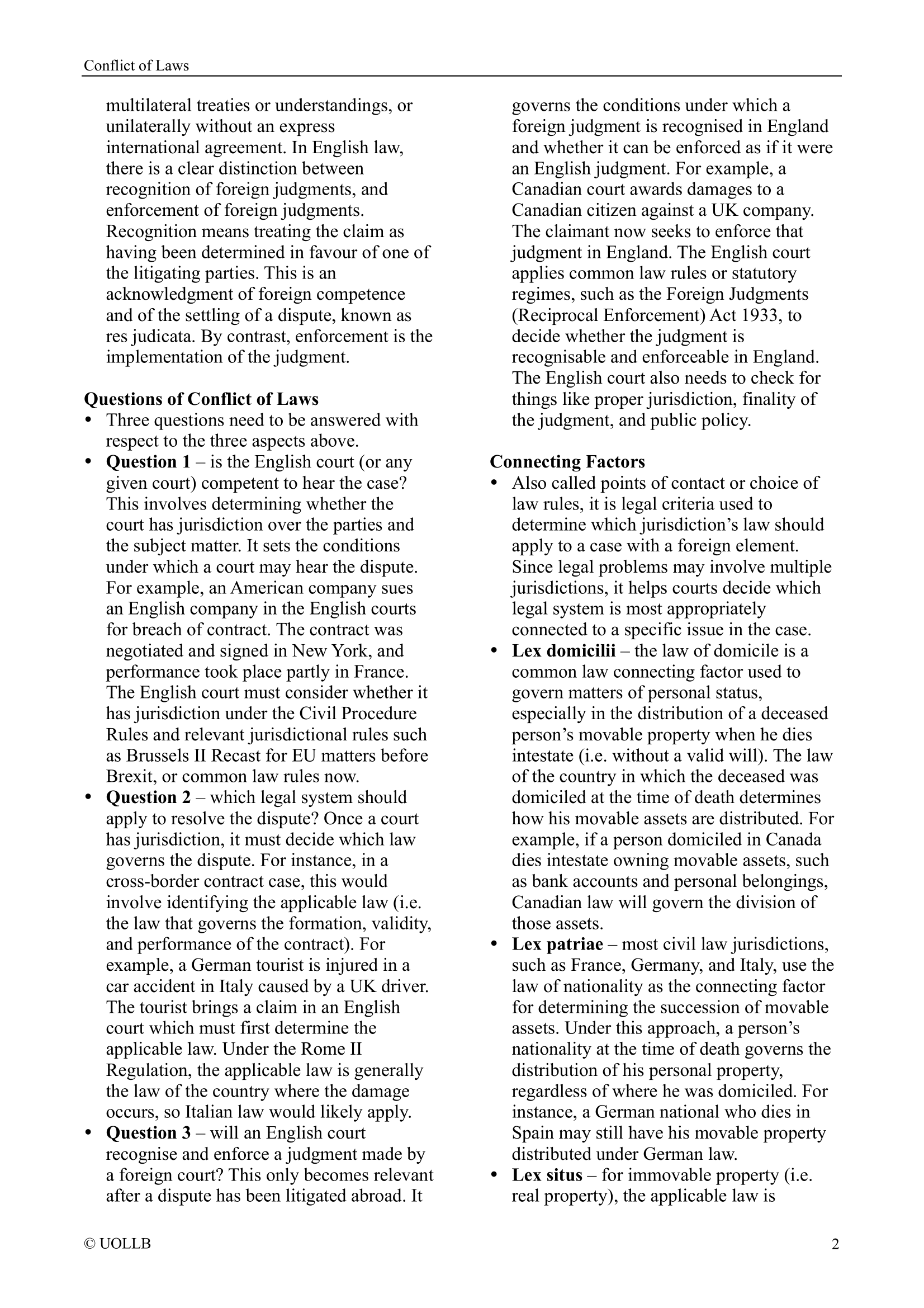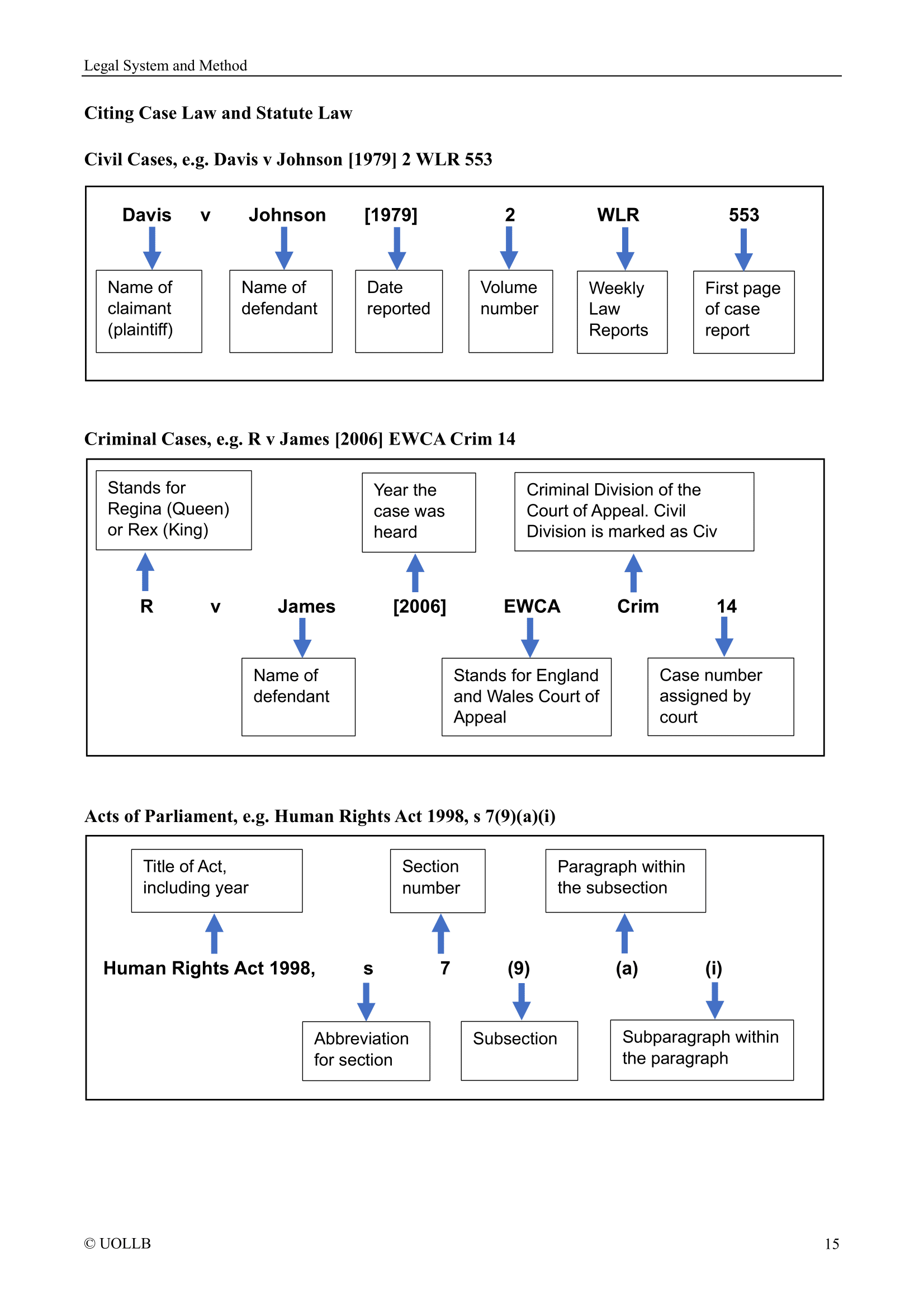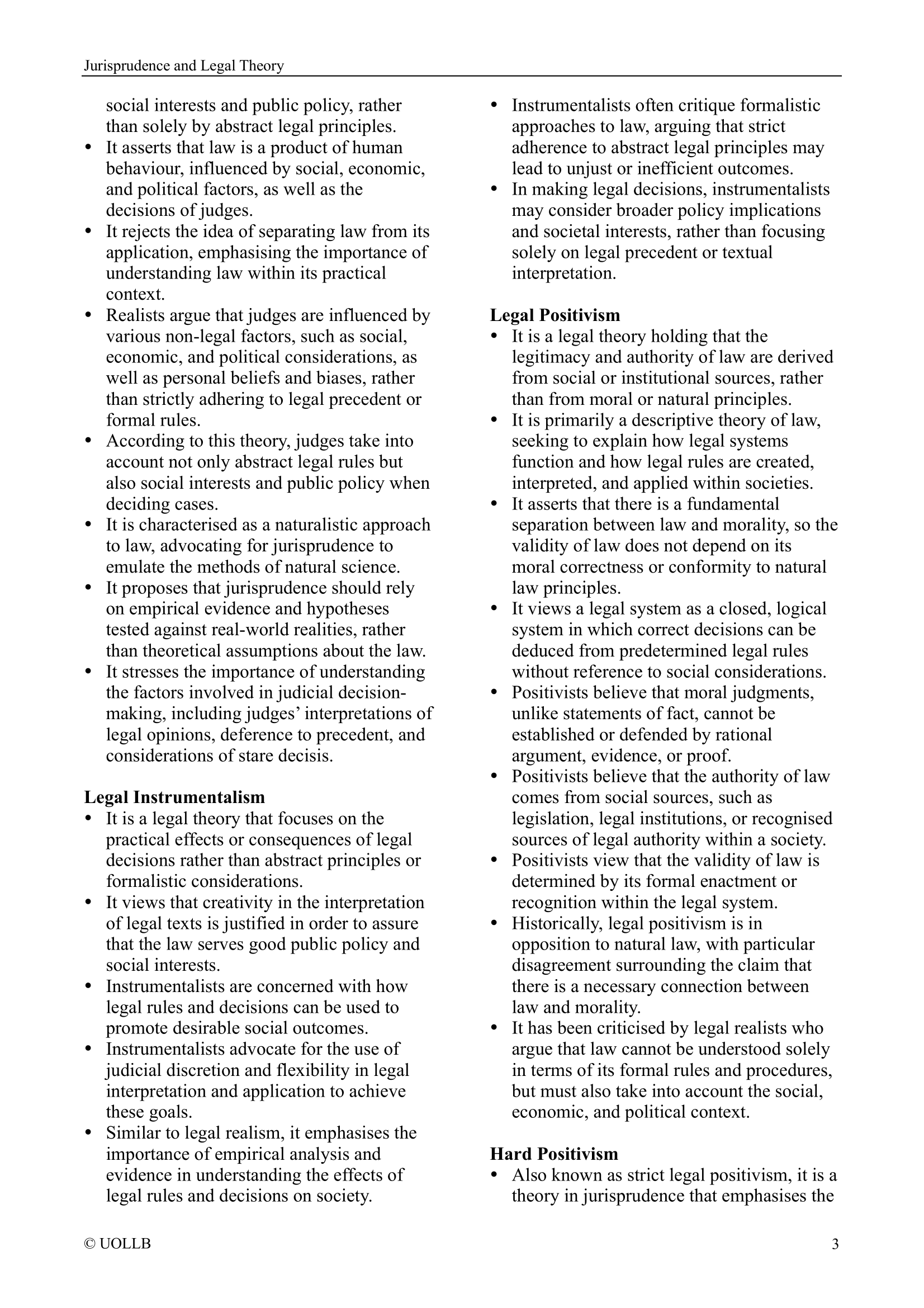Introduction to Land Law
Share
This module is an Introduction to Land Law which is a branch of law that deals with the rights, interests, and regulations related to land. It governs the ownership, use, and transfer of land, as well as the legal relationships and transactions involving land. Land law encompasses a wide range of legal concepts and principles, including property rights, land registration, leases, easements, and land use planning. Here are the topic you will learn in this module.
1. Introduction
Land law governs the rights, obligations, and interests that people hold in land and the structures upon it. In England and Wales, it blends centuries-old common law principles with statutory frameworks such as the Law of Property Act 1925 and the Land Registration Act 2002. It deals not just with physical soil, but also with fixtures, minerals, and certain rights above and below the surface. Understanding land law is essential because land is finite, valuable, and central to social, economic, and environmental life. The subject provides the legal foundation for ownership, use, transfer, and dispute resolution concerning real property.
2. Land Tenure
Land tenure refers to the way in which land is held and the legal relationship between the landholder and the state. Historically in England, all land is held from the Crown under a system derived from feudalism, with tenure describing the conditions under which it is held. Although most feudal incidents were abolished in 1660, the concept survives in the division between freehold and leasehold tenure. Freehold provides the greatest degree of control, while leasehold grants rights for a fixed term under a landlord–tenant relationship. Understanding tenure is crucial because it determines the scope and duration of a person’s rights in land.
3. Land Titles
A land title is the formal legal proof of a person’s ownership or interest in land. In England and Wales, the system is largely one of registered title under the Land Registration Act 2002, which records ownership and certain rights on an official register. This modern system aims to provide certainty, reduce disputes, and make conveyancing faster and more transparent. The title register contains details about ownership, the property’s description, and any burdens such as mortgages or easements. Clear title is essential for security in transactions and for protecting owners’ rights against third parties.
4. Land Interests
Land interests are rights in or over land that may belong to someone other than the owner. These can be legal interests, such as easements or mortgages, or equitable interests, such as those under a trust. Some interests bind future owners if properly protected, either by registration or because they qualify as overriding interests. The law distinguishes between legal and equitable interests to determine their enforceability against third parties. Understanding how interests are created, protected, and enforced is central to determining who can do what with a given piece of land.
5. Land Rights
Land rights describe the specific legal entitlements that a person has in relation to a piece of land. These may include the right to occupy, to use, to exclude others, or to transfer the land. Rights can be absolute or subject to conditions, and they can be shared among multiple people. In England and Wales, these rights are shaped by both common law and statute, and may be affected by planning, environmental, or compulsory purchase laws. Clarity about rights is vital for resolving disputes and ensuring lawful enjoyment of property.
6. Estates
In English land law, an estate is the quantum of legal rights that a person holds in land for a particular duration. The law recognises only two legal estates: the fee simple absolute in possession (freehold) and the term of years absolute (leasehold). Estates define how long the rights will last indefinitely in the case of a freehold or for a fixed period in a leasehold. This concept is a legacy of feudal law but remains fundamental in modern property transactions. Estates differ from interests because estates define the “ownership time-frame,” while interests are rights in or over land that may exist alongside the estate.
7. Possession
Possession refers to the physical control and intention to control land. In land law, possession is not the same as ownership: a person can possess land without owning it, and in some cases long-term possession can lead to ownership through adverse possession. Possession is protected by law because it maintains order and stability in the use of land. Both freeholders and leaseholders have possession of the land during their term, subject to the law and any agreements. The concept is significant in resolving boundary disputes, trespass claims, and adverse possession cases.
8. Liens
A lien is a legal right to keep possession of property belonging to another until a debt owed by that person is discharged. While liens are more common in personal property law, they can arise in the context of land through certain statutory rights or equitable principles. For example, an unpaid vendor may have a vendor’s lien over land until full payment of the purchase price. Liens do not usually grant a power of sale but serve as security for payment. They play a minor but important role in protecting creditors’ interests in land transactions.
9. Equity
Equity in land law refers to a body of principles developed by the Court of Chancery to mitigate the rigidity of common law. It operates to achieve fairness, particularly in situations involving trusts, estoppel, or specific performance. Many land rights, such as equitable easements or equitable mortgages, arise under equity rather than at common law. Equity also influences how courts interpret agreements and exercise discretion in property disputes. In land law, the interplay between legal rights and equitable rights often determines the outcome of complex cases.
10. Trusts
A trust in land law arises when one person (the trustee) holds legal title to land for the benefit of another (the beneficiary). Trusts can be express, implied, or resulting, and they are common in family property arrangements and co-ownership situations. Under the Trusts of Land and Appointment of Trustees Act 1996, trustees of land have wide powers to manage and dispose of the property, but must consider the beneficiaries’ interests. Trusts separate legal ownership from beneficial enjoyment, allowing flexibility in property management. They are central to resolving disputes about shared ownership and equitable interests.
11. Property Practice
Property practice refers to the professional processes, skills, and procedures involved in dealing with land transactions. This includes advising clients, drafting contracts, conducting searches, arranging finance, and registering transactions. Solicitors and licensed conveyancers ensure compliance with statutory requirements, contractual obligations, and professional standards. Good property practice minimises the risk of disputes and protects clients’ interests. It bridges the gap between the theory of land law and its practical application in everyday dealings.
12. Conveyancing Process
Conveyancing is the legal and administrative process of transferring ownership or another interest in land from one party to another. In England and Wales, it typically involves three stages: pre-contract, exchange of contracts, and completion, followed by registration with HM Land Registry. The process ensures that the buyer acquires good title and that any existing mortgages or burdens are dealt with. It includes due diligence through property searches and title investigations. Conveyancing is a core element of property practice and must comply with statutory requirements such as the Law of Property (Miscellaneous Provisions) Act 1989.
13. Sales of Part
A sale of part occurs when the owner sells only a portion of their land, rather than the whole. This is common in development projects, agricultural land division, or when carving out a building plot. Such transactions require careful drafting of plans, descriptions, and rights of way or other easements to ensure each parcel can be used as intended. Registration at the Land Registry is essential to create a separate legal title for the part sold. The process often involves creating new rights and obligations between the retained and the transferred land.
14. New Properties
New properties refer to land and buildings that have been recently developed or are under construction. Transactions involving new builds may require special contractual terms to account for completion dates, building warranties, and planning compliance. Issues such as the transfer of freehold or leasehold interests, the grant of new rights, and compliance with building regulations are central. Buyers often rely on guarantees such as NHBC warranties for structural defects. Understanding the legal framework for new properties is key to ensuring clear title and protection for purchasers in a growing property market.
Land Law deals with the legal ownership, use, possession, and transfer of land, as well as the various rights and restrictions that apply to it. Understanding these topics in land law provides a foundation for comprehending the legal principles, rights, and obligations associated with land ownership, transactions, and disputes.
